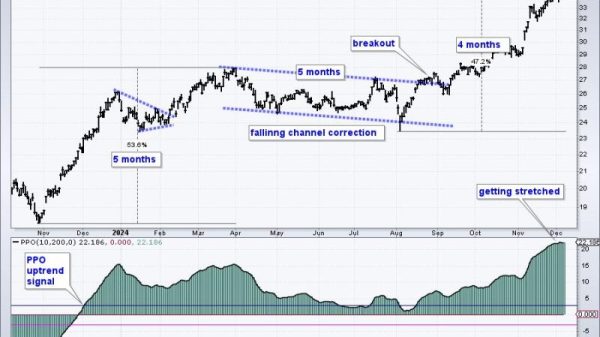Market Breadth: A Key Indicator for Investors
Understanding market breadth is essential for investors looking to navigate the complex world of financial markets. Market breadth refers to the overall health of the market and provides insights into the level of participation and strength across different market sectors. As investors, it is crucial to analyze market breadth as it can provide valuable information about the sustainability of market trends and help anticipate potential changes in market direction.
Market breadth indicators typically encompass a wide range of metrics that assess the number of advancing versus declining securities, volume trends, new highs and lows, and the overall level of market participation. By looking beyond just price movements, investors can gain a more comprehensive view of market dynamics and potential market sentiment.
One commonly used market breadth indicator is the Advance-Decline Line, which compares the number of advancing stocks to declining stocks over a certain period. A rising Advance-Decline Line indicates broad market strength, suggesting that a large number of stocks are participating in the market’s upward movement. Conversely, a declining Advance-Decline Line may signal weakening market breadth and the potential for a market reversal.
Another important market breadth indicator is the new highs-new lows ratio, which assesses the number of stocks reaching new highs versus those hitting new lows. A high new highs-new lows ratio implies a healthy market where a significant number of stocks are experiencing upward momentum, while a low ratio may indicate deteriorating market breadth and potential weakness ahead.
Analyzing market breadth can also help investors identify sector rotation patterns. Strong market breadth across multiple sectors typically indicates a healthy and sustainable market rally, while divergences in sector performance may signal shifts in investor sentiment and potential changes in market direction.
Moreover, monitoring market breadth can be especially crucial during volatile market conditions. In times of heightened volatility, market breadth indicators can help investors gauge the underlying strength of the market and make informed decisions to manage risk effectively.
In conclusion, understanding market breadth is paramount for investors seeking to make well-informed investment decisions. By analyzing market breadth indicators, investors can gain valuable insights into the overall health of the market, anticipate potential market reversals, and identify sector rotation patterns. Incorporating market breadth analysis into investment strategies can help investors navigate the complexities of the financial markets and improve their ability to achieve long-term investment success.


























